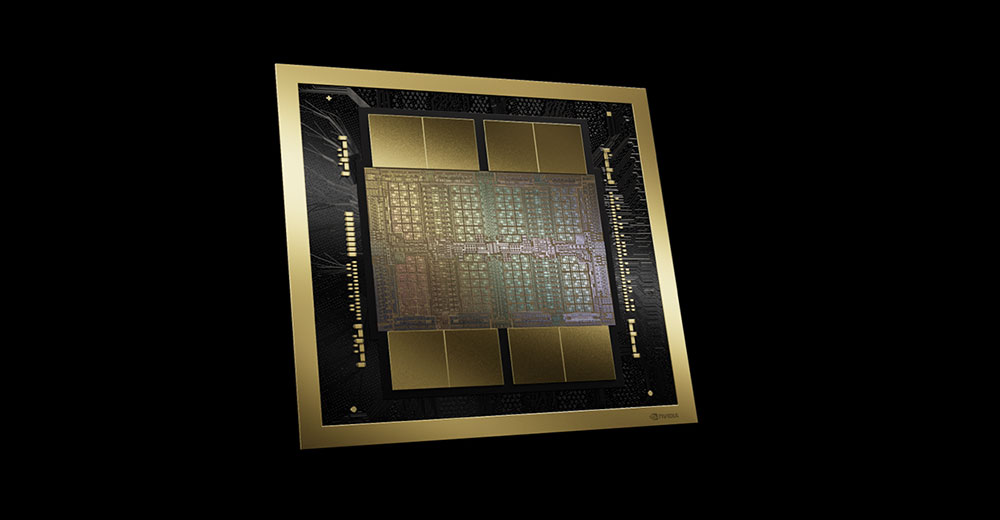- Researchers have found that a novel drug molecule may fight the development of early-onset Parkinson’s disease in younger people.
- The new compound, BIO-2007817, is from the family of tetrahydropyrazolo-pyrazine (THPP) compounds.
- It offered promising results in activating parkin, a key protein in the brain responsible for tagging damaged proteins in mitochondria.
- Experts say the molecule’s ability to assist patients with early-onset Parkinson’s is promising, but more research is needed to establish a larger clinical application.
Researchers at McGill University in Montreal, Quebec, have found that a novel drug molecule may have the ability to fight the development of early-onset Parkinson’s disease in younger people, according to a new study published in
The new compound is in the family of tetrahydropyrazolo-pyrazine (THPP) compounds developed by Biogen. The most successful such compound, referred to as BIO-2007817, can offer promising results activating parkin, a key protein in the brain responsible for tagging damaged proteins in mitochondria.
Mutations in parkin, often caused by genetic variation, can, in turn, result in damaged mitochondria, leading eventually to Parkinson’s disease. Parkin malfunction can also be caused by oxidative stress, environmental factors, and mitochondrial dysfunction.
Sreeganga Chandra, PhD, an associate professor of neurology and neuroscience at Yale School of Medicine, who was not involved in the study, told Medical News Today that these mutations in parkin can also be passed down to family members.
“Most Parkin mutations are inherited — so both parents are carriers. The mutations are due to DNA damage/improper repair etc. The Parkin mutations are recessive or loss-of-function. Parkin mutations impact a process called mitophagy which is the removal of damaged mitochondria. The issue is that damaged mitochondria ‘adulterate’ healthy mitochondria through fusion as well as cause oxidative damage.”
— Sreeganga Chandra, PhD
The study authors refer to BIO-2007817 as a type of “molecular glue” that activates parkin and may serve as a treatment for Parkinson’s.
“Generalized activation of parkin is unlikely to be a viable therapeutic strategy due to parkin’s lack of substrate selectivity. As selective inducers, THPP compounds are promising leads for personalized medicine for patients with certain naturally occurring parkin mutations,” the authors write.
Parkinson’s disease is a neurological condition that affects the nervous system and movement. Its symptoms occur because of low dopamine levels in the brain. Early signs include tremors, a loss of a sense of smell, and coordination problems.
The symptoms of Parkinson’s disease develop gradually. They often start with a slight tremor in one hand and a feeling of stiffness in the body. Over time, other symptoms develop, and some people can experience dementia as a result of Parkinson’s.
Some early signs of Parkinson’s disease may include:
- movement changes, such as tremors
- coordination and balance impairments that can cause a person to drop things or fall over
- a loss of sense of smell
- gait changes, so a person leans forward slightly or shuffles when walking
- fixed facial expressions due to changes in the nerves that control face muscles
- a voice tremor or softer voice
- more cramped and smaller handwriting
- sleep problems resulting from restless legs and other factors
- rapid eye movement sleep disorder may be a powerful predictor, according to a 2015
study .
Daniel Truong, MD, neurologist and medical director of the Truong Neuroscience Institute at MemorialCare Orange Coast Medical Center in Fountain Valley, CA, and editor-in-chief of the Journal of Clinical Parkinsonism and Related Disorders, who was not involved in the study, told Medical News Today that the potential in this molecule is clear, but there are a number of concerns about how to apply it broadly.
“This enhanced parkin function allows for better removal of damaged mitochondria through mitophagy. Although the molecule doesn’t directly repair the initial mitochondrial damage, it helps mitigate further deterioration by restoring or increasing parkin activity. This can help clear damaged mitochondria more effectively, potentially slowing down disease progression before irreversible damage occurs,” Truong said.
“While the findings around the molecule BIO-2007817 are promising, there are potential challenges and limitations such as the limitation of efficacy in advanced disease, the long-term effect, mutation specificity as it may work better with certain mutations but the broad effect is uncertain. These factors highlight the need for further research to determine the molecule’s broad clinical applicability,” he added.
Truong told MNT that this “molecular glue” could be potentially effective in older Parkinson’s patients but may be more challenging than treating early-onset Parkinson’s.
“In older individuals, the accumulation of damaged mitochondria and cellular dysfunction is often more advanced. However, if this molecule can activate or restore parkin function, it could help remove damaged mitochondria even in later stages, potentially slowing disease progression and improving cell health. While it may not reverse extensive damage, it could offer symptom relief and slow further decline,” Truong said.
“There is a point in early-onset Parkinson’s disease (EOPD) where mitochondrial damage could become severe and potentially irreversible. Since parkin mutations impair the removal of damaged mitochondria, cells accumulate dysfunctional mitochondria over time, especially in neurons. Once the damage surpasses a certain threshold, cells may struggle to recover, even if parkin function is partially restored by treatments. However, therapeutic approaches targeting parkin activation, like those explored in this research, aim to intervene before reaching this critical point, potentially slowing or halting further damage.”
— Daniel Truong, MD
Read the full article here


















